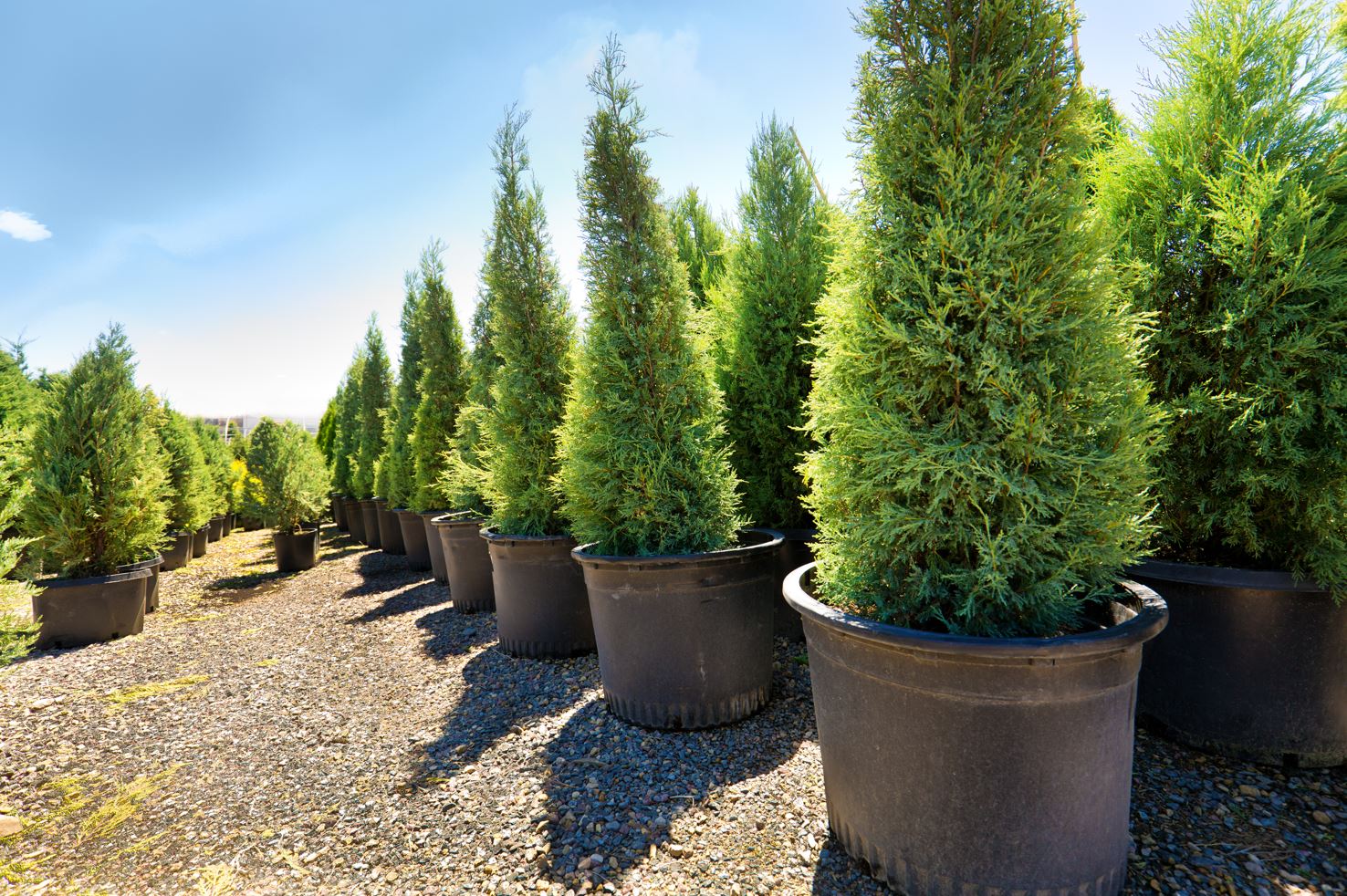So, let’s talk about sustainability and tree nurseries. Trees and shrubs are important assets for climate adaptation. They help create water buffers and cool down their environment. Biodiversity increases by growing local species. In many cases, the positive effect the plants have on their environment outweighs the input required to grow them.
Growing demand for plants and substrates
Where a surge in gardening and attention to green cities has increased the demand for trees, shrubs and perennials, it consequently has increased the demand for substrates too. The need for substrates will increase so strongly that we need innovation to ensure the availability of enough raw materials.
At the same time, more and more questions arise about the sustainability of our sector. That means that we have to make sure that our input is as sustainable as possible. We will only succeed in doing that if we all take sustainability into account in every step of the process.

Fit for purpose, sustainability in tree nurseries
A sustainable substrate is first and foremost a substrate in which the cultivated crop grows most effectively. In addition, sufficient space for the grower to control or steer is required. The match between a substrate and the growing process at the grower is what makes cultivation, and therefore a substrate blend, effective. A Substrate in which a plant grows poorly is not an effective, and therefore not a sustainable growing medium.
As an industry, we have gotten used to peat as the basic raw material in the substrate for many crops. That’s because of its good properties.
After all, it’s free of weeds and pathogens, and its buffering capacities are excellent. Next to that, many growers love the way moisture behaves within the peat. Because of all these factors, peat is a sustainable material if you think about it from a “fit for purpose” perspective. Although extensive research has been conducted throughout the industry, no other raw material has yet been found that offers the same versatility as peat.
Complimentary raw materials
However, there are other materials that, combined with peat, also produce high–quality substrates. You can think of raw materials such as Sphagnum moss, wood fibre, bark and coir.
It is impossible to plainly substitute peat with these other raw materials entirely in all of horticulture. However, we can use them to reduce the share of peat within a mixture. These materials can also be used to complement certain properties. It completely depends on the crop and the processes at the grower how to create a substrate that is fit for the purpose.
Different materials do need different pretreatments. They often also require adjustments within the growing methods used. In conclusion, all these materials also have their own advantages and disadvantages. Coir, for example, needs to be chemically treated before use, to prevent the release of salts during cultivation. And, adding wood fibre requires changes within a grower’s fertilisation strategy, because it can influence the nitrogen requirement of the recipe.

Peat in sustainable substrates
In the discussion about the use of peat in substrates, people often only focus on a perceived CO2 emission but fail to properly look at the harvesting processes. Let’s go into more detail. European peat for substrates is harvested in a responsible manner (certified by RPP) from already degraded wetlands. As a result, the biodiversity after the restoration of the peatlands (which is mandatory) is greater than before the extraction. Furthermore, peat harvest for growing media only takes place in an area the size of 0.05% of all peat areas worldwide. Would you like to know more about the peat we use and the way it’s harvested? Have a look at Kekkilä-BVB’s website.
Show the real impact through a life cycle analysis
So, that means that, if we want to create the most sustainable substrate, we need to look at all the aspects involved, and not just one.
At Kekkilä-BVB we look at the chemical, physical and biological properties of the material, as well as its availability. But we also use a life cycle analysis (LCA) to minimise the value chain impact. Check this article on our company website if you would like to know more about the LCA.
In summary, if we care about sustainability, we need to be mindful of the implications for the cultivation methods, but we should also take one step back and look at the sourcing of the raw materials. This is something the entire sector needs to do in a responsible way, both environmentally speaking and socially speaking. Next to that, we should see if raw materials we can source locally to reduce logistical impact. That leads to checking if we can produce the substrate in an efficient and safe way and thinking about possible options for a second life.
Talk to your sales advisor to learn more about the LCA of your BVB Substrates product.